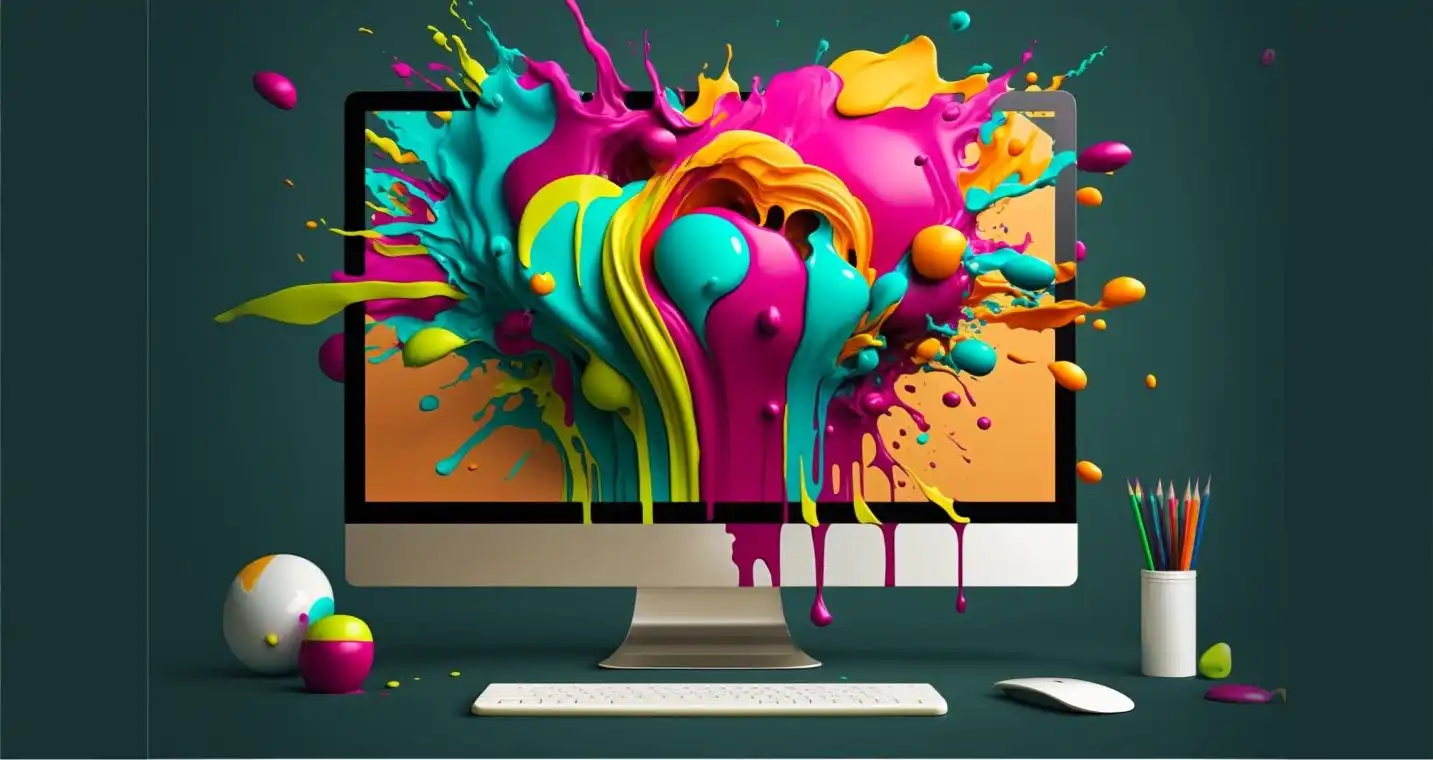Motion graphics is a dynamic medium that combines graphic design, animation, and filmmaking techniques to create engaging visuals. It’s widely used in various fields such as advertising, film, television, video games, and digital media.
Here are some key aspects of motion graphics:
- Graphic Design: Motion graphics often start with static graphic elements such as typography, illustrations, logos, and icons.
- Animation: Animation brings these graphic elements to life through movement, whether it’s simple transitions, complex character animations, or visual effects.
- Timing and Rhythm: Timing is crucial in motion graphics. Smooth transitions, well-timed movements, and rhythmic pacing enhance the overall impact and effectiveness of the visuals.
- Narrative and Storytelling: Motion graphics can convey narratives and stories through visual sequences, helping to communicate complex ideas or messages in a compelling and digestible format.
- Software Tools: Popular software tools for creating motion graphics include Adobe After Effects, Adobe Premiere Pro, Cinema 4D, and Autodesk Maya, among others.
- Applications: Motion graphics are used in a wide range of applications, including title sequences for films and TV shows, advertisements, explainer videos, user interface animations, visualizations for data and statistics, and more.
- Interactivity: With advancements in technology, motion graphics can also incorporate interactive elements, allowing users to engage with the content in various ways.
Overall, motion graphics offer a versatile and powerful means of communication, capable of captivating audiences and conveying complex messages effectively.
